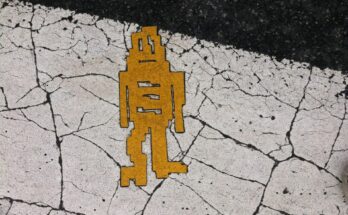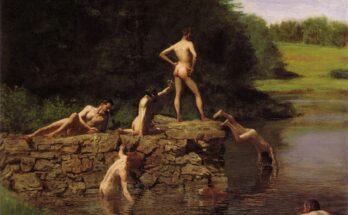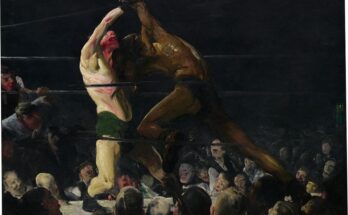This story originally appeared in Dirge Magazine on Dec. 28, 2016. Since it’s publication, Dirge went to black and white photos. I’m reprinting the piece here in color with permission.
Since its inception in 1947, the CIA has directly and intentionally shaped American culture in an effort to promote a positive image of America at home and abroad. Many popular books, music, art, and movies of the twentieth century rose to prominence in part because of covert government operations.
In 1950, the CIA formed the Congress for Cultural Freedom, the agency’s arts army in the fight against communism. At its height, the group held offices in 35 countries. The clandestine operation was exposed in 1967 and, as a result, much of their previously covert work became public. Though the Congress of Cultural Freedom is no longer active, the CIA involvement in the arts continues today as the agency works with movie makers to shape our nation’s image.

Author Frances Stonor Saunders pored through extensive public records and conducted her own interviews of former CIA officials when writing The Cultural Cold War: The CIA and the World of Arts and Letters. Her book helps explain why certain works of art, books, movies, and music became popular while others did not, and brings into question whether the revered art we see today is the cream rising to the top, or the result of behind-the-scenes manipulation.
The CIA’s involvement in the arts grew out of efforts to rebuild Europe after World War II. After the war, it became clear that the two most powerful countries in the world, the Soviet Union and the United States, would need to help form economic and government structures in Europe. The two countries were ideologically very different, and Americans faced a cultural obstacle: many Europeans thought of them as simple rubes devoid of culture or meaningful art. The U.S. government fought back by organizing concerts, traveling art exhibitions, and distributing American literature.
In 1947, when the U.S. formed the CIA, the agency expanded upon these programs. The CIA knew that in order to win the war of ideology, they needed support from the intellectual left both at home and abroad.
Fine Art
While the Soviets promoted Socialist Realism, paintings that depicted the triumph of the worker and a classless society, the CIA was on the lookout for artists creating work promulgating creative expression. Noting the rigid and formulaic style of Soviet-sponsored art, the CIA promoted the wildest, most individualistic work they could find. The abstract expressionist work of Jackson Pollock, Willem de Kooning, and Mark Rothko fit the mold perfectly. It was art the rigid Soviets would have deemed deviant.
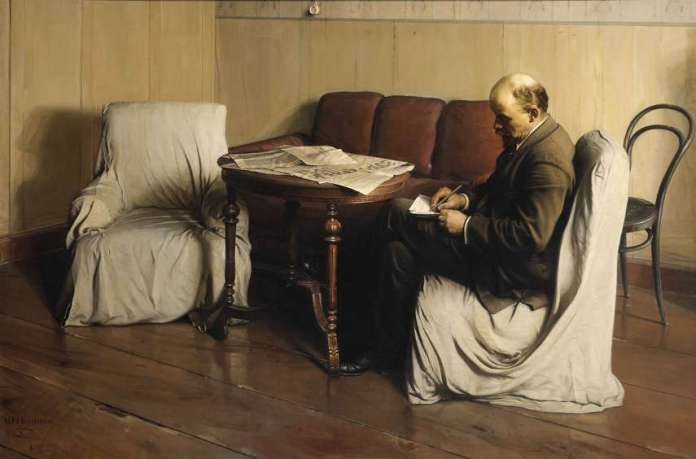
The Congress of Cultural Freedom helped organize and fund several major abstract expressionist shows that traveled through Europe in the 50s and 60s with names like “The New American Painting” and “Modern Art in the United States”.
The Museum of Modern Art, a major supporter of the abstract expressionist movement, was co-founded by Abby Aldrich Rockefeller, Nelson’s mother. The Congress for Cultural Freedom contracted MOMA to curate abstract expressionist shows. Several other MOMA administrators had professional ties to the CIA as well.
The MOMA acknowledges their promotion of abstract expressionists abroad helped bring these painters international recognition and that their worked played a role in promoting American ideals during the Cold War, but it denies direct CIA involvement. Author Frances Stonor Saunders, on the other hand, lays out a convincing entanglement between MOMA and the CIA pointing to cozy relationships between several MOMA administrators and the CIA and examining the supporting foundations that often acted as clearinghouses for covert agency funding.

What is clear is that during the 50s and 60s, American painting, and the training of American painters, changed drastically. The MOMA and CIA bolstered the legitimacy of abstract expressionist painters. During that time period, abstract expressionism became the predominant style of import for emerging painters, collectors, and patrons in America.
Literature
At the close of World War II, before the inception of the CIA, the U.S. military distributed books throughout Germany that positively portrayed American ideals and bolstered America’s image as a cultured nation. This mass exposure helped solidify Nathaniel Hawthorne, Mark Twain, Laura Ingalls Wilder, William Faulkner, Ernest Hemingway, Thomas Wolfe, Carl Sandburg, and Edith Wharton as American canon.
The CIA continued this work. According to The New York Times, the CIA had direct or indirect involvement in the publication of 1,000 different books and infiltrated publishers in the U.S., Europe, and Asia including G. P. Putnam’s Sons and Charles Scribner’s Sons. They established their own New York publishing house, Bedford Publishing Company, that helped translate, produce, and distribute novels by George Orwell, Albert Camus, Vladimir Nabokov, James Joyce, and a fabricated memoir of a Soviet-U.S. double agent. Through close ties with the Chekhov Publishing House, the CIA published Russian translations of western classics including work from the eponymous author.
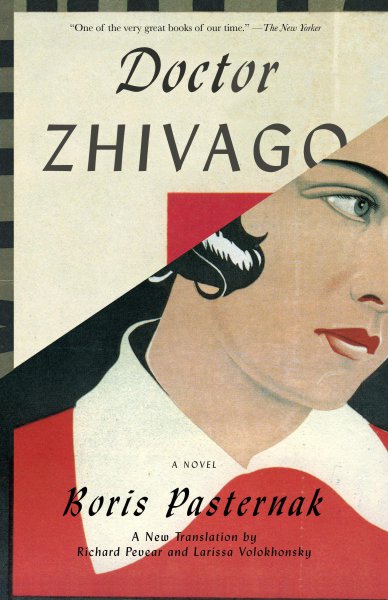
In 2014, the CIA publicly disclosed their role in publishing and distributing Boris Leonidovich’s famous novel Doctor Zhivago. First published in Italy in 1957 but banned in the USSR because of its anti communist message, the CIA saw “the opportunity to make Soviet citizens wonder what is wrong with their government when a fine literary work by the man acknowledged to be the greatest living Russian writer is not even available in his own country [and] in his own language for his people to read.” The CIA published a Russian language edition of the book in the Netherlands and handed out 355 copies at the Brussels World’s Fair in 1958. Over the next several years, they distributed thousands of copies in communist bloc countries.
While traveling for research, several novelists were employed by the agency for reconnaissance including Pulitzer Prize winner James Michener.
Of course, other books that did not fit the CIA’s message gained recognition. The agency loathed books by Richard Wright and John Steinbeck that wrestled with poverty in America poverty and racial injustice. In an effort to influence the next wave of fiction in the U.S., the CIA, through its front groups, helped fund the prestigious Iowa Writers’ Workshop. Author Eric Bennett argues this had a huge impact on what was considered venerable fiction during the 20th century.
Movies
Hollywood was another area of focus for the CIA during the Cold War. In 1956, representatives from the Joint Chiefs of Staff met with several prominent Hollywood figures, including John Wayne, at MGM studios. Wayne was particularly eager to help portray the armed forces, and America in general, favorably.
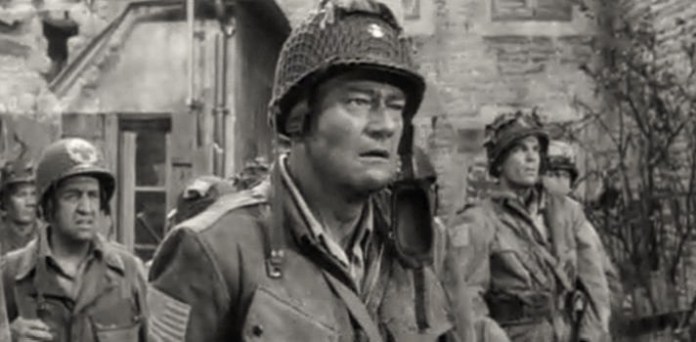
Others in Hollywood were eager to help including Cecil B. Demille, one of the most commercially successful producer-directors of the time. He became a consultant with the Motion Picture Service, a network of government outposts in 87 countries working to make movies and to distribute them abroad.
CIA agent Carleton Alsop worked undercover for the CIA in the 1950s monitoring communist activity in Hollywood and updating the agency on the pro-American themes in various movies. One concern for Alsop, and the agency, was the negative portrayal of African Americans in movies as it highlighted America’s backward thinking on race issues and didn’t play well overseas. Another concern was heavy drinking by Americans on screen. Alsop worked to limit this negative content.
After George Orwell’s death in 1950, Alsop met with the writer’s widow to secure the film rights to Animal Farm which the CIA would come to finance and distribute. The U.S. government also helped finance Orwell’s film for 1984 and made suggestions as to how the oppressive government portrayed in the movie could be made to resemble a Soviet government. Once made, the American Committee for Cultural Freedom aided in distributing 1984 widely and create positive newspaper reviews.
http://www.youtube.com/watch?v=1Ibe-BgqwNg
The CIA is still working to shape America’s image today. Agents in Hollywood offer movie studios access to agency information in exchange for influence over movie content.
Magazines and Journals
The Congress for Cultural Freedom launched its first magazine, Preuves, in 1951 and at the height of its reach the Congress helped run over twenty magazines. The most prestigious and successful were Encounter and Partisan Review, both intellectual magazines with strong overseas readership.
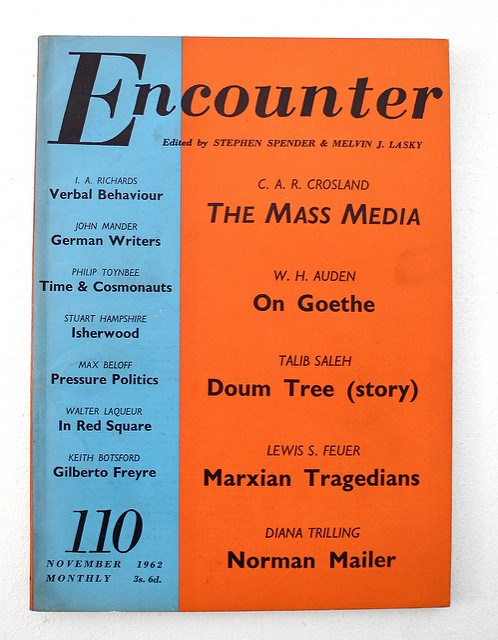
The Congress for Cultural Freedom also set up a clearinghouse to distribute work to member magazines and journals. These magazines included Partisan Review, Kenyon Review, Hudson Review, Sewanee Review, Poetry, The Journal of History and Ideas, and Daedalus.
Robie Macauley, a CIA employee, was the editor of The Kenyon Review from 1959 to 1966. During that time he also served as a judge for the National Book Award. The Paris Review was co-founded by CIA agent Peter Matthiessen.
Music
In 1952, the CIA funded the grandiose Masterpieces of the Twentieth Century festival featuring the Boston Symphony Orchestra, Vienna Philharmonic, the West Berlin RIAS Orchestra, several operas, and 70 ballets by modern composers. The festival included a production of Gertrude Stein’s Four Saints in Three Acts and starred African American soprano Leontyne Price, a coup for the CIA as they tried to combat European disgust with American racism.
Author Frances Stonor Saunders says the festival, “launched the Boston Symphony Orchestra as a billboard for America’s symphonic virtuosity.”
The CIA took a keen interest in promoting black performers like Leontyne Price, Dizzy Gillespie, and Marian Anderson abroad.

Much of what we know about the CIA’s involvement in American culture stems from the media exposure of the Congress for Cultural Freedom and the group’s work during the 50s and 60s.
The true extent of the CIA influence over our cultural landscape, both historically and currently, is hard to determine. What is clear is that clandestine operations changed what was to become important American art. Cultural history, its great works and heroes, were and are influenced through careful and intentional work by the CIA. While the extent of the CIA’s influence can be argued, their involvement is clear and public.

